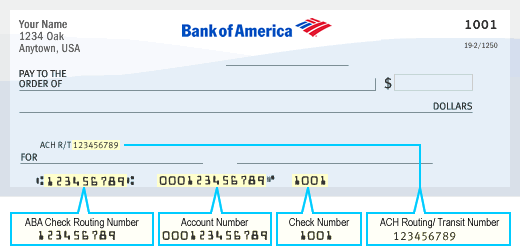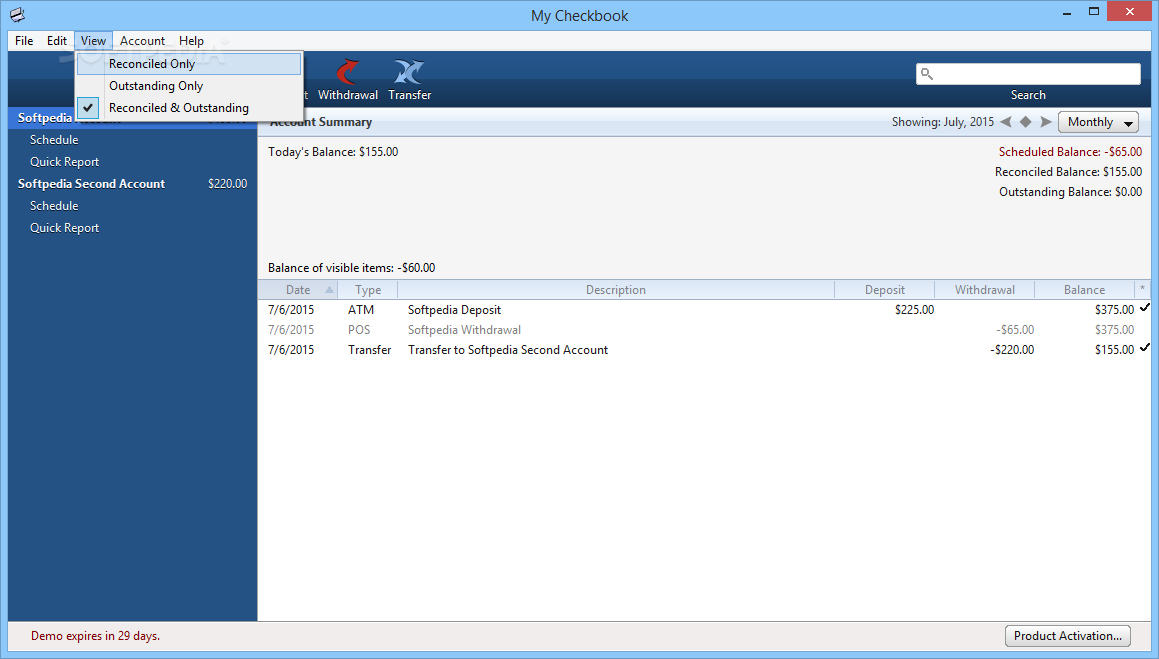
You can set up contact with the bank in order to complete the process of removing your spouse’s name from the account.ĭepending on your bank, you may choose one of the following ways to communicate your needs. Some states discount additional orders of certified copies, but all charge a fee to obtain them. Other information you’ll need to provide includes the deceased’s:Įxpect to pay around $10 to $15 for the first copy of a certified death certificate. If proceeding through your state’s vital records office, you’ll need proof of your relationship to the deceased.įor this, most states want you to furnish an official copy of your marriage certificate or another official document proving that you are the spouse of the deceased. Two, by contacting your state’s Office of Vital Records. One, through the funeral home or mortuary at the time of your spouse’s death. You can obtain a certified death certificate in two ways. Uncertified copies of a spouse’s death certificate generally are not accepted by financial institutions, as you can easily fake these. The major piece of proof all banks require in order to remove someone from an account in the event of their death is a certified death certificate. Step 2: Get a Certified Death Certificate

» MORE: Celebrate a life well-lived with a beautiful memorial website. For “or” account holders, you can complete the following at leisure, since you still have access to the funds as needed. If access to funds is necessary and you hold an “and” joint account, you need to follow the following steps as soon as possible. Knowing which type of joint account you hold is critical for determining the timeline of your spouse’s removal from the account. In this case, you can access funds even after a spouse’s death and prior to the removal of their name from the account. John Smith or Jane Smith accounts are typical of most joint accounts and mean that either person can withdraw funds or sign checks to remove funds from the account at any time without the other person’s permission. In this case, after the death of the spouse, the spouse’s name must be removed in order for the remaining spouse to access funds in the account. John Smith and Jane Smith accounts function jointly but need the signature of both account holders for any checks or withdrawals. Two types of joint accounts exist - an “and” account and an “or” account, which has to do with the way you are listed with your spouse on the account and the way your joint account works. Step 1: Determine Which Type of Joint Account You Hold

If you're dealing with the death of a spouse, our post-loss checklist may help answer some of your questions. Tip: Grief and the loss of a spouse are complicated. Whether this is a step in the healing process, facilitated to avoid painful memories, or a necessary step in order to remarry, the process is a simple one and you can complete it in just a few steps. Step 2: Get a Certified Death CertificateĮventually, you may need to remove a deceased spouse from a bank account.Step 1: Determine Which Type of Joint Account You Hold.When one spouse passes away, the remaining spouse can continue using the account just like before.īecause the account is set up in the name of both spouses, even if one spouse passes away, nothing usually changes for the other spouse in terms of how the account functions. Joint bank accounts are used by many married couples to simplify bill payments, withdrawals, and spending accounts. As an Amazon Associate, we earn from qualifying purchases. We also may earn commission from purchases made through affiliate links. We follow a strict editorial process to provide you with the best content possible.


 0 kommentar(er)
0 kommentar(er)
